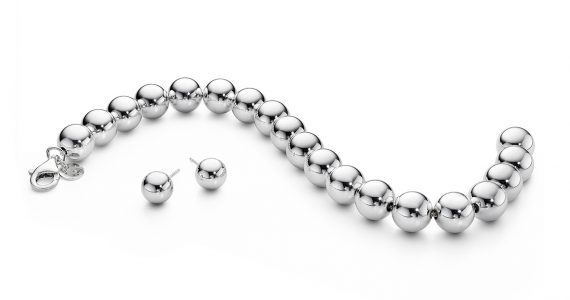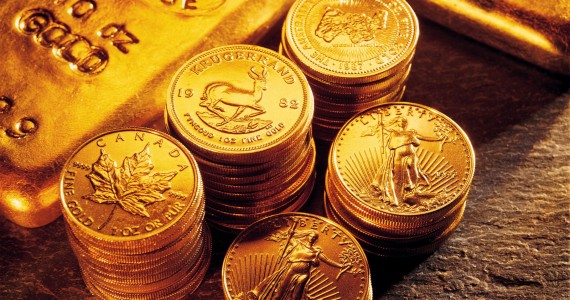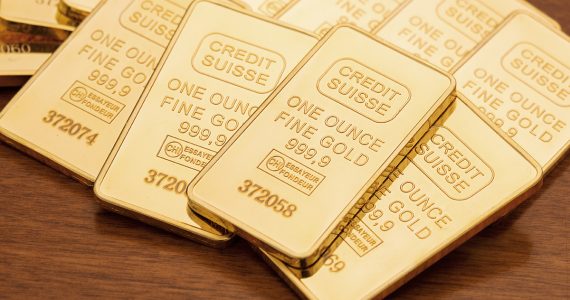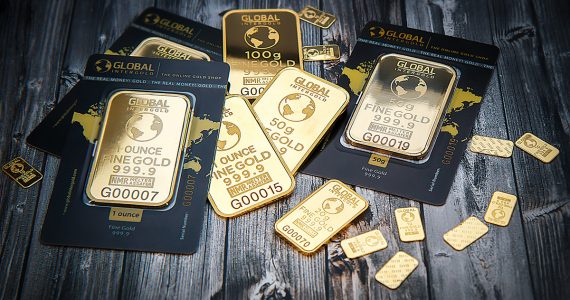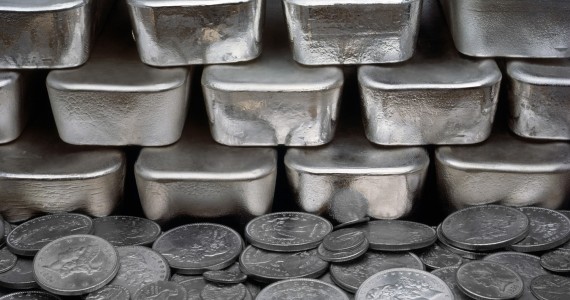Platinum prices have historically been higher than gold, the granddaddy of precious metal investments, mainly because of its rarity and its industrial applications in the automotive, petroleum and jewelry industry. Savvy investors also use platinum as their “money metal” in the sense that they use it in getting wider premiums over their gold investments.
But gold as an investment has also historically been more valuable among majority of investors. Case in point: The $1.9 trillion gold market easily makes minced meat, so to speak, of the $251 billion platinum market. This even in the face of the fact that platinum generally costs 50% to 100% more than gold, which is due to the former’s rarity and extremely high mining expenses.
Despite these things, nonetheless, there’s a growing passion for platinum investments in the market, even among investors who are still new to the metal business. Let’s take a look at the possible factors behind the increasing bets on the “other white metal”.
Wide Range of Industrial Uses
Platinum isn’t just another pretty metal, in a manner of speaking. In fact, it’s among the most important industrial workhorses among metals because of its wide range of applications in several industries from the automotive to the jewelry industries. Without it, we will likely not have many of the things we enjoy from cars to electronic appliances.
Think about it: Platinum is used in automotive catalytic converters, a must for cleaner emissions; in consumer electronics including LCD screens, hard disk drives, electrodes, and batteries; and in jewelry from earrings to watches. Indeed, the real engine for future growth where platinum is concerned lies in its industrial uses, which has increased in number since the mid-1990s, especially when its industrial demand surged by 16% in 2010. The increased overall demand was due to a nearly 50% surge in its industrial demand.
Market analysts are predicting that worldwide demand for platinum will continue to increase in the next five years. This can partly be attributed to the new uses being found for platinum, as well as to the increased demand for platinum for existing uses, such as with the government’s increased pressure on the automotive industry for “clean cars” (i.e., catalytic converter use).
As more uses for platinum are found, its value will also increase. Increased demand coupled with stable supply (i.e., neither increase nor decrease due to its rarity) will inevitably lead to such a market situation.
Long-term Growth Catalyst
Gold investors typically rely on the metal’s safe haven status. But this isn’t so for investors in the other white metal because platinum’s long-term growth catalyst is more along their lines. If you don’t have platinum yet in your portfolio, then now is the right time to add it and gain from its potential.
How can you do it well? You can start with the Dow Jones-UBS Platinum Trust ETN (NYSE:PGM), a long-time presence in the metal investment industry, and the E-TRACS UBS Long Platinum ETN (NYSE:PTM). Both are in the exchange-traded notes sector and both depend on futures contracts for gaining profits. In other words, investors will not actually keep platinum inventory.
You may also invest in the stocks of platinum-producing companies, of which there are several. But keep in mind that most of these companies mine platinum in conjunction with other metals – you may want to look for pure play companies (i.e., the ones engaged almost exclusively in platinum extraction).
If you have a more experienced mentor in metals investments, you will have a reliable source regarding the companies that provide platinum pure play. You should always read up on the company including its history, track record, and financial status before making your move, even with the advice of your mentor. You will find that you have a different set of needs and wants, as well as a different level of risk tolerance.
Increasing Personal Demand
The increasing demand for platinum jewelry is also a factor in the increased popularity of platinum investments. The largest consumers are in China and Japan, which isn’t surprising at all for many reasons. Asians consider platinum as the most aspirational metal because of its rarity. Gold still has its traditional desirable status but since it’s more common, it’s less aspirational.
Worldwide fashion trends are also contributing to the increased demand for platinum. Instead of the glitter of gold, fashion designers and fashionistas desire the matte shine of white jewelry. Even watch makers, such as Rolex, know the higher intrinsic value of gold!
Conclusion
Platinum is finally getting the attention that it deserves from metals investors. It may be more expensive but it’s also one of the few metals that provide high rewards for low risks, especially considering its high demand and low supply. It’s time that you also include the precious white metal into your investment portfolio and reap the rewards from making such a smart decision.


